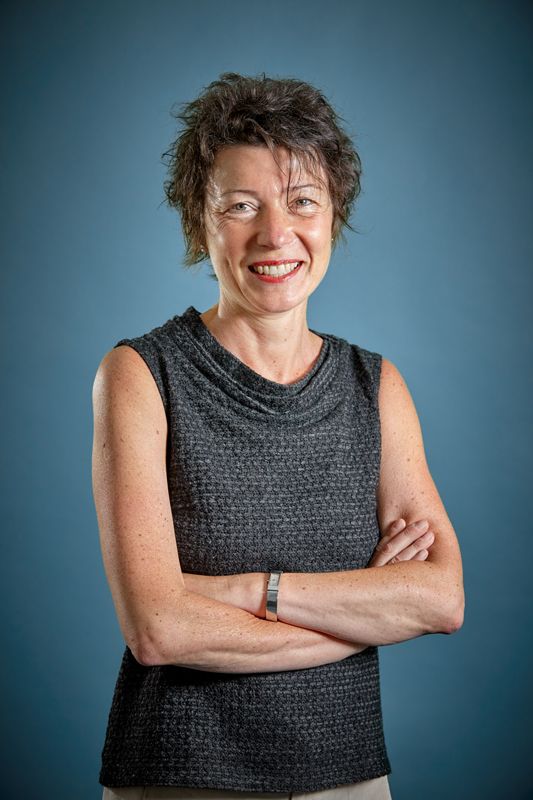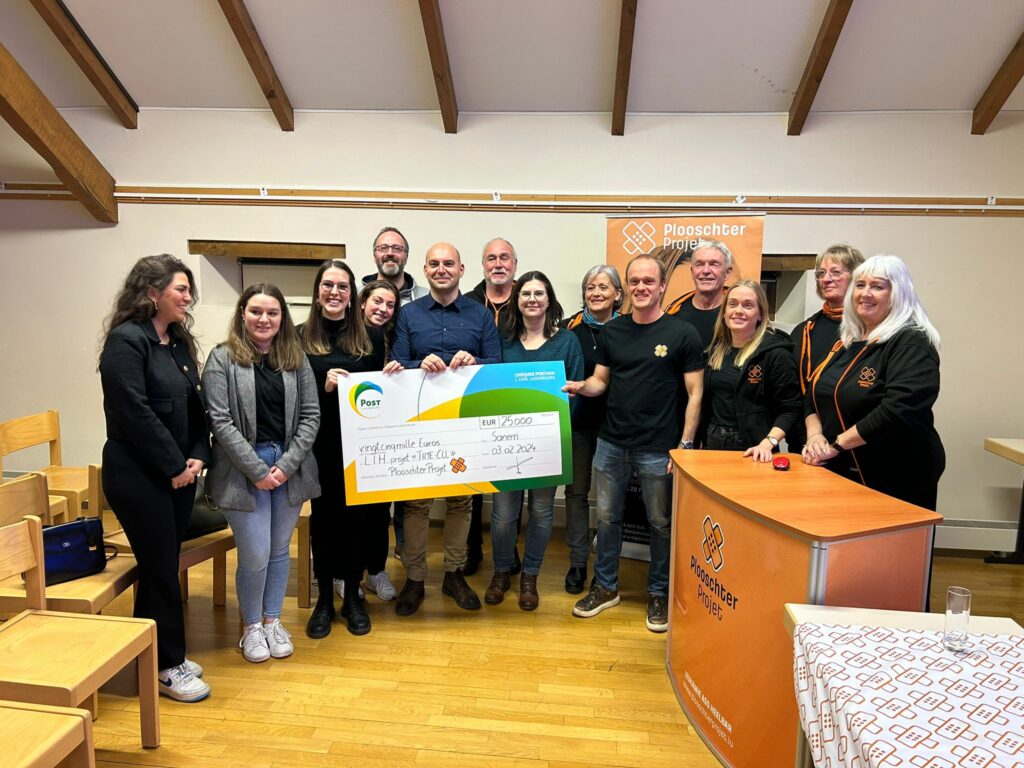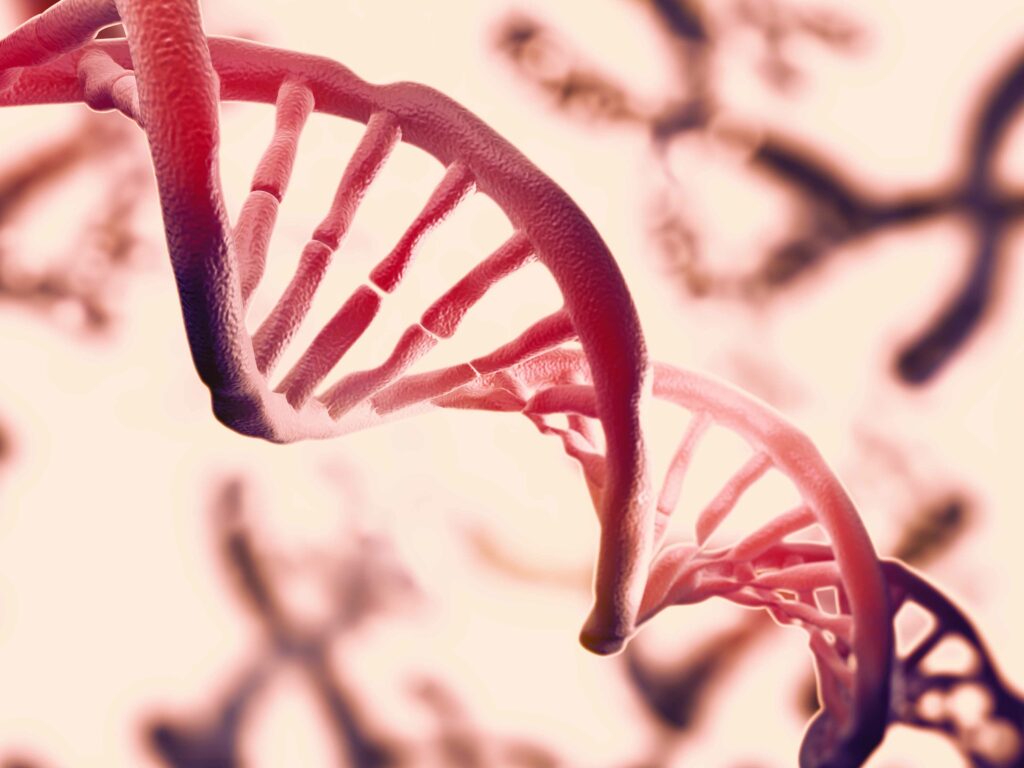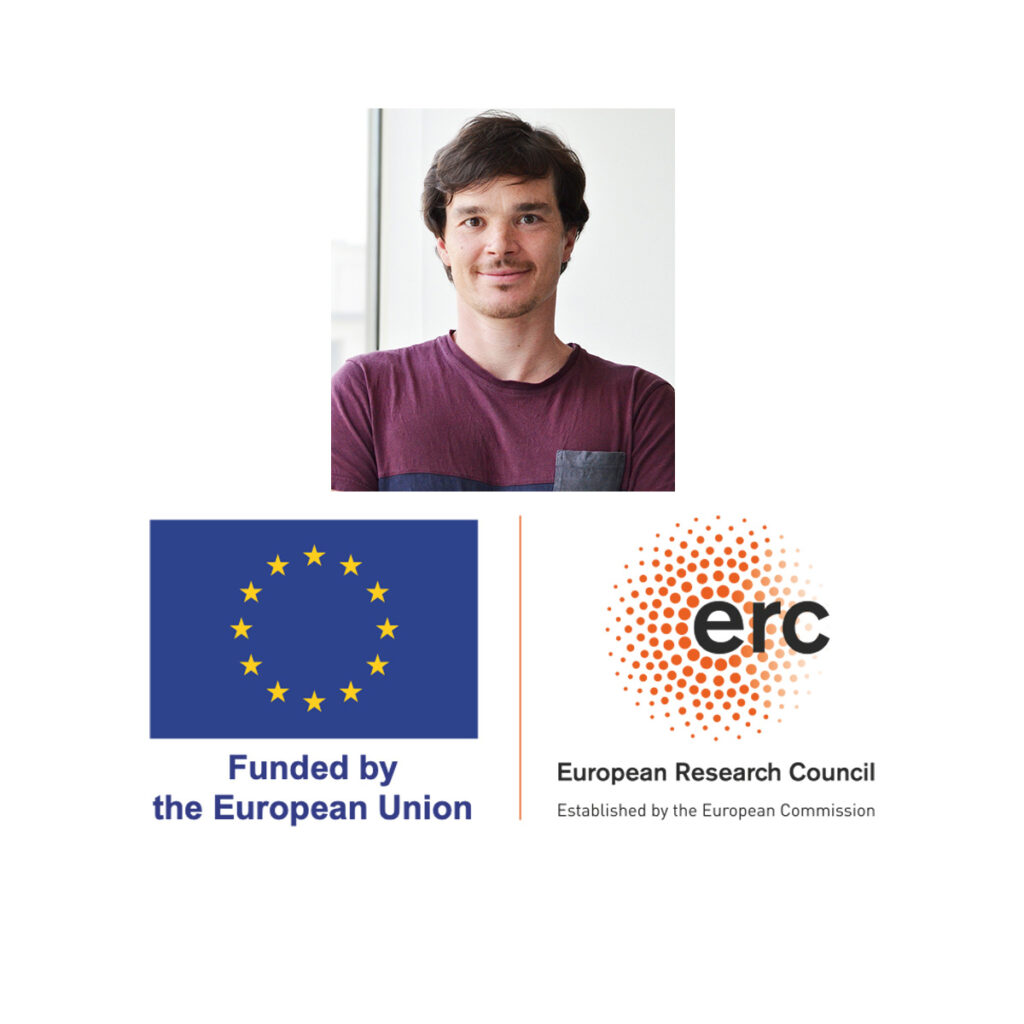- Forschungsspektrum
- Translationale Forschung
- Transversale Translationale Medizin (TTM)
- Operationszentrum für Translationale Medizin (TMOH)
- Büro für Klinisches Projektmanagement (CPMO)
- Zentrum für Klinische und Epidemiologische Untersuchungen (CIEC)
- Luxemburger Zentrum für Klinische und Translationale Forschung (LCTR)
- Kompetenzzentrum für Methodik und Statistik
- Integrierte Biobank von Luxemburg (IBBL)
- Plattform für Krankheitsmodellierung und Screening (DMSP)
- Luxgen Genom Zentrum
- Plattform für Forschungspathologie (RPP)
- Forschungsprojekte und klinische Studien
- Unterstützen Sie uns
- Translationale Forschung
News
Understanding how diffuse gliomas evolve
Bitte beachten Sie, dass dieser Artikel derzeit nur auf Englisch verfügbar ist. Eine Übersetzung ins Deutsche wird in Kürze verfügbar sein.
06 Januar 2020
4minuten
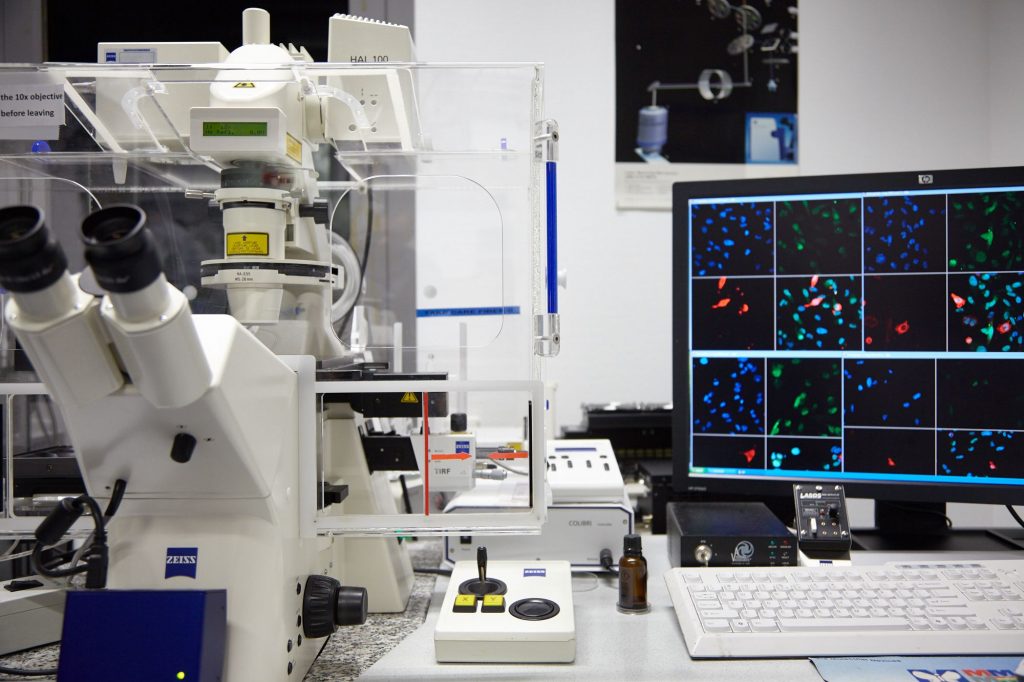
Contribution to Nature publication
The GLASS Consortium, involving Prof Simone P. Niclou from LIH, aims to characterise diffuse glioma cells both before and after therapy to find out how they change and why this form of malignant brain cancer is so difficult to treat. Initial findings published in Nature in November 2019 provide a foundation for further research and the opportunity for the clinical community to predict the effectiveness of newly developed treatments.
Treatment limitations
Until relatively recently, cancer was viewed as a single disease with sub-types based on where in the body it arose. The advent of detailed molecular analysis has shown that the situation is far more complex and that there can be many sub-clonal cell populations even within a single tumour. Therein lies a significant problem for effective therapy: eradicating one type of cancer cell may leave another unaffected, and it may actually confer a competitive advantage to it.
The most common malignant brain tumour in adults, Glioblastoma, is also one of the most difficult cancers to treat. It invariably relapses despite surgical, radiotherapeutic and/or chemotherapeutic interventions. While the initial molecular characteristics have been well described in gliomas, their subsequent evolution under treatment stress remains unknown.
Highly variable tumour evolution
To address the problem, the GLASS Consortium has begun investigating the dynamics of molecular changes in gliomas over time. Their findings indicate highly variable and patient-specific trajectories of genomic alterations in gliomas. The researchers obtained data for multiple time points from 285 patients treated at 35 hospitals. In the end, they selected high quality tumour samples representing the three major subtypes of diffuse glioma from 222 patients at two time points each, which they named “initial” and “recurrence”. The analyses demonstrated the highly variable nature of gliomas, but provide a framework for effective study of glioma evolution and treatment response.
Among the interesting findings were that when glioma cells are challenged by anti-cancer treatment such as radiation and chemotherapy, they do not evolve in a consistent manner. There are common features between patient samples, such as hypermutation, a very high rate of mutation in the genome, and aneuploidy, in which entire chromosomes are lost or acquired through cell division dysfunction. Yet, following early events that drive cancer initiation and progression, their evolution often appears to be random instead of proceeding down predictable paths.
“More data are needed to fully understand glioma evolution, but the GLASS resource provides an excellent foundation to more effectively study both evolution and treatment response“
says Prof Roel Verhaak from The Jackson Laboratory (Bar Harbour, United States) who led the study.
“Collectively, these findings will help us determine what treatment approaches will result in the greatest removal or killing of glioma cells possible”.
The joint effort of the GLASS Consortium brings important insight into how to improve the clinical prognosis for glioma patients worldwide. It also provides the largest database of sequential glioma tumour profiles to date.
This news item is derived from a press release of the Jackson Laboratory.
> GLASS CONSORTIUM
The Glioma Longitudinal AnalySiS (GLASS) Consortium is an international community of clinicians and researchers that was inaugurated in 2015 to accelerate efforts to understand glioma tumor evolution and expose therapeutic vulnerabilities. It includes members of LIH’s Department of Oncology. GLASS aims to achieve these goals through molecular profiling of tumour specimens obtained at multiple time points along the course of glioma disease. More details can be found here.
> PUBLICATION
The Nature publication of the GLASS Consortium was edited by senior author Prof Roel Verhaak and first authors Dr Floris Barthel and Dr Kevin Johnson from the The Jackson Laboratory. It includes contributions of 87 researchers and clinicians from the United States, Europe, Asia and Australia.
Longitudinal molecular trajectories of diffuse glioma in adults
Barthel et al., 2019, Nature
Scientific Contact
